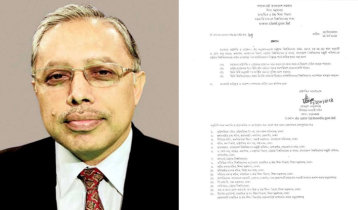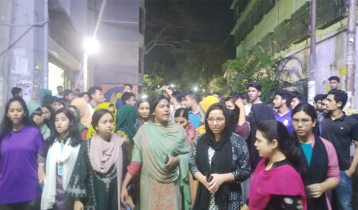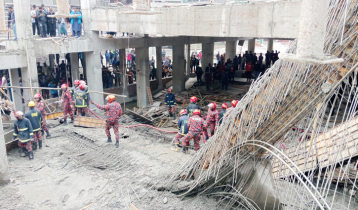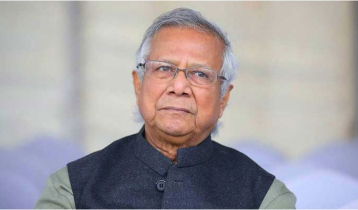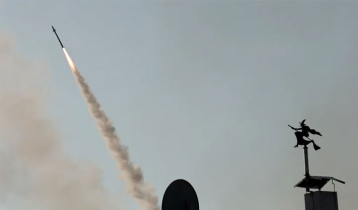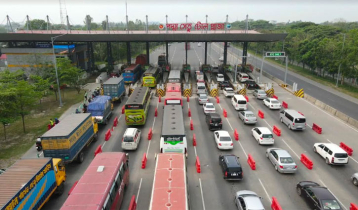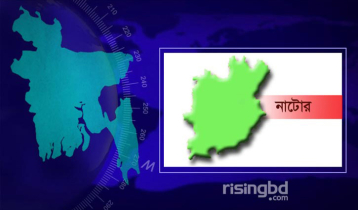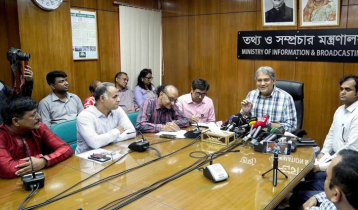Fourth industrial revolution and our challenges
Biplob Ali || risingbd.com

The speed and measure of the changes coming about by the fourth industrial revolution are not to be ignored. These changes will bring about shifts in power, shifts in wealth, and knowledge as well. Only in being knowledgeable about these changes and the speed at which this is occurring can we ensure that advances in knowledge and technology reach all and benefit all.
The first industrial revolution was started in 1760 with the invention of the steam engine. The steam engine allowed the transition from farming and feudal society to the new manufacturing process.
This transition included the use of coal as the main energy while trains were the main means of transportation. Textile and steel were the dominant industries in terms of employment, the value of output, and capital invested. The second industrial revolution began in 1900 with the invention of the internal combustion engine.
This led to an era of rapid industrialization using oil and electricity to power mass production. The third industrial revolution started in 1960 and was characterized with the implementation of electronics and information technology to automate production.
Under the old ways, making things involved screwing or welding lots of parts together. The fourth industrial revolution now involves computer-generated product design and three dimensional (3D) printing, which can create solids object by building up successive.
There are similarities between the four industrial revolutions and the five ages of civilization: the hunter and gather age, the agricultural age, the industrial age, the information worker age, and the emerging age of wisdom.
Therefore, we may infer the opportunities of the fourth industrial revolution through the characteristics of these five ages of civilization presented by Steven Covey in his book many Habit. First, the productivity of each subsequent age goes up fifty times over the preceding age.
Consider, for example, the increase in productivity of the industrial age over the agricultural age. Second, each subsequent age destroys many of the jobs of the preceding age. The information age is replacing the jobs created by the industrial age. Much of the losses in our industrial age jobs have less to do with government policy and free trade agreements than they do with a dramatic shift in our economy to the knowledge worker.
Third, in the first three ages of civilization manual workers produced most goods and services with their body, but in the last two ages, with their minds. Knowledge workers are the link to a company’s other investments.
They provide focus, creativity, and leverage in using those investments to achieve the organization’s objectives more efficiently. In other words, knowledge is an integral part of total management and cuts across functional boundaries. The main assets and primary drivers of the industrial age were machines and capital. People were necessary but replaceable.
The management style of the industrial age simply does not work in the new economy. Management focused on motivating employees to perform the physical labor needed to produce the products and services. In the fourth industrial age, the challenge now is how companies can motivate their knowledge workers to release their human potential.
We stand on the brink of a technological revolution that will fundamentally alter the way we live, work, and relate to one another. In its scale, scope, and complexity, the transformation will be unlike anything humankind has experienced before. We do not yet know just how it will unfold, but one thing is clear: the response to it must be integrated and comprehensive, involving all stakeholders of the global polity, from the public and private sectors to academic and civil society.”
This paragraph gives us some idea of the challenges surrounding the fourth industrial revolution. The enormity of the challenges and the breadth required of the response is reinforced by Peters.
The evolution of global industries in the fourth industrial revolution is both exciting and scary. Life will change with 3D printing, the IoT, and the fusion of technologies. The fourth industrial revolution can raise income levels by allowing entrepreneurs to "run" with their new ideas. It will improve the quality of life for many people around effective, and the cost of trade will diminish, all of which will open new markets and drive economic growth.”
Biplob Ali studies at the University of Rajshahi
RU/Mahfuz



